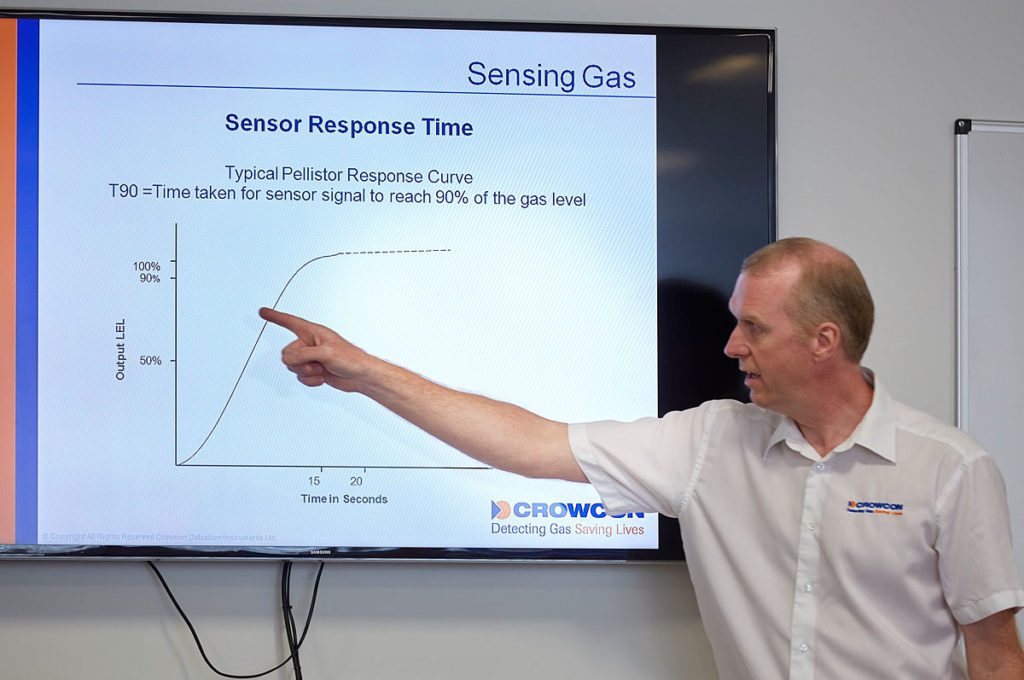Ignoring Training is the fourth in Crowcon’s series of Deadly Sins of Gas Detection. Training is a vital aspect not just of the safe use but also proper maintenance of detection equipment, which can be overlooked. This could equally be management not properly providing training in the first place and the trainer or trainee not properly understanding or heeding it.
Different gases pose different hazards
This is not just because some are flammable while others are toxic. The toxic gases can pose an immediate hazard, and even at low level, may well cause long-term health issues.
Some gases are both flammable and highly toxic, like hydrogen sulphide. Some gases are lighter than air, so will rise and can gather in high internal spaces, like methane, for example. Others are heavier than air, so will fall to the ground and can “pool” in low spaces. For example, there have been incidences of high levels of carbon dioxide (CO2) in a brewing plant, CO2 gas from the process was leaking into the work area and undetected. By bending or kneeling down in the environment, the CO2 may be accidentally inhaled. You have to understand these kinds of hazards to be sure to avoid them.
Emergency procedures
An alarm going off should put in motion a series of well planned and understood events which will be site specific. Regular alarm drills may be warranted. Everyone likely to be in the area should be well rehearsed in these practices or accompanied by someone who is. If an emergency situation arises, everyone must be t rained so they know instinctively what to do.
rained so they know instinctively what to do.
However, if a detector doesn’t working properly, all this training could be of little value. You also need to be familiar with the proper maintenance of your equipment.
Crowcon’s Gas Academy provides training cover on Crowcon fixed systems and portable product ranges, incorporating hands-on product experience. Find out more
Maintenance
Cleaning: The importance, when cleaning any components of a gas detector, of not using any solvent-based products or products containing organic silicones needs to be understood. These can contaminate the instrument sensors and cause spurious readings. Hydrocarbon based lubricants (silicones) should not be used at any time. Ensuring you are trained on cleaning can be a life saver.
Bump testing and calibration: Bump testing and calibration must be carried out properly and at suitable intervals to be sure equipment is in good working order. Depending on your detector, there may be an automated system available to perform the bump test and calibration, so making the procedure very simple. The best of these can be configured so that it manages the process, from applying the gas to recording the results for compliance purposes. Little training on these systems may be required, but this does not remove the need for training on why it is necessary!
Servicing and maintenance: Similarly, the task of full servicing and maintenance of this life-saving equipment is not one to leave to someone who is not certified as service-trained on your equipment. This work must be conducted by someone who understands the equipment and how to ensure its safe operation in hazardous environments.
The “why” and the “how”
The effectiveness of any gas detection equipment is impaired if it is not used or maintained correctly. If at risk from gas hazards, you should understand the “why”s as well as the “how”s of gas detection to be sure to keep yourself and others safe. Without this kind of effective training, your protection is always going to be undermined.
Subscribe to our blog



